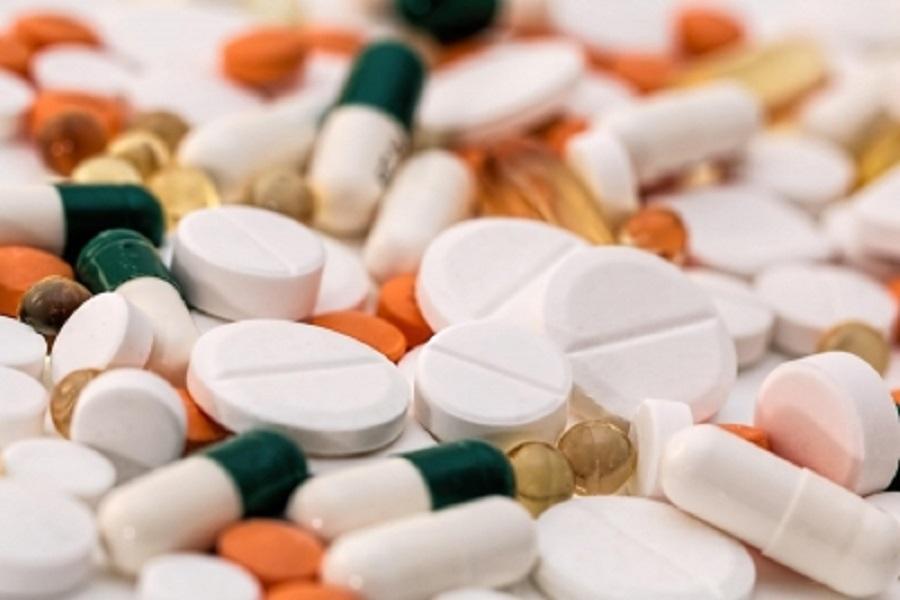
Electronics & Pharma Secure 70% of FY25 PLI Funds: Govt Data
The Indian government’s Production Linked Incentive (PLI) scheme, launched in 2021 to boost domestic manufacturing, has yielded impressive results. According to official data, the electronics and pharmaceutical sectors have emerged as the top beneficiaries, receiving nearly 70% of the total funds disbursed under the scheme in FY25.
The data reveals that the electronics sector received a massive ₹5,732 crore, while the pharma industry bagged ₹2,328 crore, making them the two largest recipients of PLI funds in FY25. This means that these two sectors have accounted for approximately 70% of the total ₹10,114 crore disbursed under the scheme.
The PLI scheme was initially rolled out for 14 key sectors, including auto, auto components, pharmaceuticals, electronics, and textiles, among others. The scheme aims to promote domestic manufacturing by offering incentives to companies that invest in producing high-value goods and services.
The impressive allocation of funds to the electronics and pharma sectors is a testament to the government’s commitment to boosting domestic manufacturing and reducing reliance on imports. The electronics sector, in particular, has been a significant beneficiary of the scheme, with companies such as Samsung, Foxconn, and Wistron receiving substantial funding.
The pharma sector, which has been a significant contributor to India’s economy, has also seen substantial investment under the PLI scheme. The sector has been growing rapidly, driven by increasing demand for generic medicines and the government’s efforts to promote domestic manufacturing.
The allocation of funds to these sectors is likely to have a positive impact on the Indian economy, creating jobs, increasing domestic production, and reducing dependence on imports. The scheme is expected to promote the growth of the manufacturing sector, which has the potential to drive economic growth and create employment opportunities.
The PLI scheme has been successful in attracting foreign investment and promoting domestic manufacturing, with several global companies committing to invest in India under the scheme. The scheme has also helped to increase the competitiveness of Indian companies, enabling them to produce high-quality goods and services that can compete with international standards.
The government’s decision to allocate a significant portion of the PLI funds to the electronics and pharma sectors is likely to have a multiplier effect on the economy, driving growth and employment creation in other sectors as well. The scheme is expected to promote the growth of related industries, such as logistics, transportation, and packaging, which will also benefit from increased domestic production.
Despite the impressive allocation of funds to the electronics and pharma sectors, other sectors, such as automotive and textiles, have also received significant funding under the PLI scheme. The government has also launched several other initiatives to promote domestic manufacturing, including the Make in India and Startup India initiatives.
In conclusion, the allocation of ₹5,732 crore and ₹2,328 crore to the electronics and pharma sectors, respectively, under the PLI scheme in FY25 is a significant step towards promoting domestic manufacturing and boosting the Indian economy. The scheme is expected to promote the growth of the manufacturing sector, create jobs, and reduce dependence on imports, making it a key initiative for the government.






